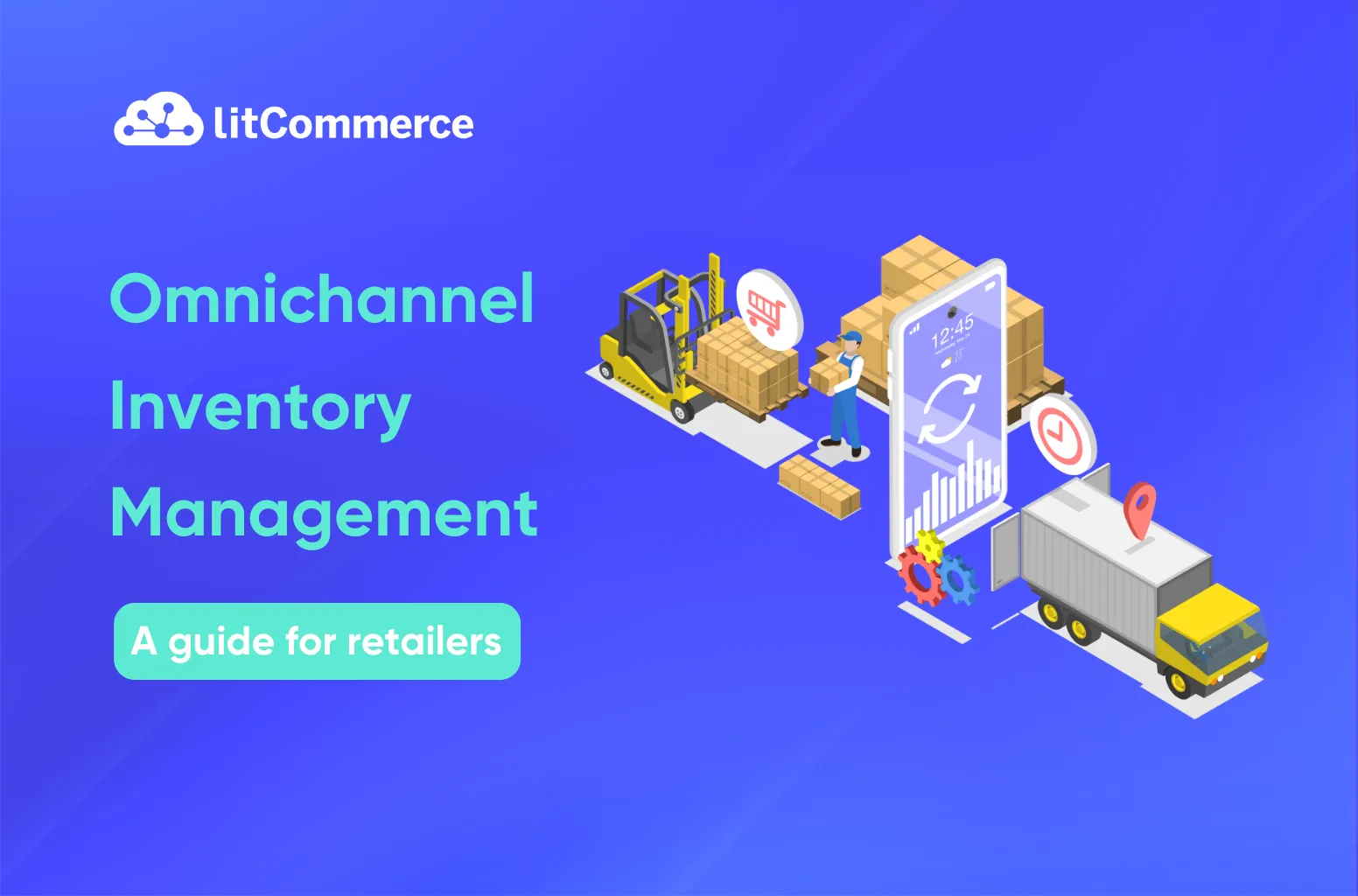Omnichannel inventory management is the process of managing inventory across multiple sales channels from a single point of truth. This can include online stores, brick-and-mortar shops, mobile channels, and even social media platforms. The goal is to synchronize inventory across all these channels to ensure accurate stock levels and availability.
For example, H&M is known for its omnichannel presence, selling products through its own stores, website, and various marketplaces. To maintain accurate inventory levels across all channels, they must rely on a robust omnichannel inventory management system.
Hence, if you also sell on multichannel and need a guide on inventory management, check this article to learn:
- Benefits of omnichannel inventory management
- Challenges in implementing omnichannel inventory management
- Best Practices for Effective omnichannel inventory management
- Future Trends in omnichannel inventory management
- Technology solutions for omnichannel inventory management
Let’s dive right in!
Benefits of Omnichannel Inventory Management
Centralizing omnichannel inventory management offers businesses several benefits, beginning with enhancing the customer experience.
1. Enhanced customer experience
Omnichannel inventory management ensures that customers have a seamless shopping experience across all platforms, whether online or in-store. This approach helps businesses meet customer expectations by providing consistent product availability and accurate information about restocking dates and delivery timelines.
Learn more: Ominichannel Customer Service Guide.
2. Increased sales and revenue

By integrating all sales channels into a single system, businesses can minimize the risk of stockouts and overstocking. This leads to better inventory management and order fulfillment, ultimately boosting sales and revenue. Customers are more likely to purchase when they know products are available and can be delivered promptly.
3. Improved operational efficiency
A unified inventory system streamlines operations by reducing the complexity of managing multiple sales channels separately. This efficiency helps businesses save time and resources, allowing them to focus on other important aspects of their operations. Real-time data tracking and reporting further enhance operational efficiency by providing accurate insights into inventory levels and sales patterns.
4. Real-time inventory visibility

If you choose the right omnichannel inventory management software, it can help you automatically update in real-time across all channels. It keeps inventory records accurate, helping to prevent issues like stockouts or overstocking. With up-to-the-minute data, you can also make informed decisions on inventory levels, pricing strategies, and promotional activities.
Learn more about omnichannel with a guide to Omnichannel order management.
Challenges in Implementing Omnichannel Inventory Management
Implementing omnichannel inventory management is not without its hurdles. Here are some of the key challenges businesses need to overcome:
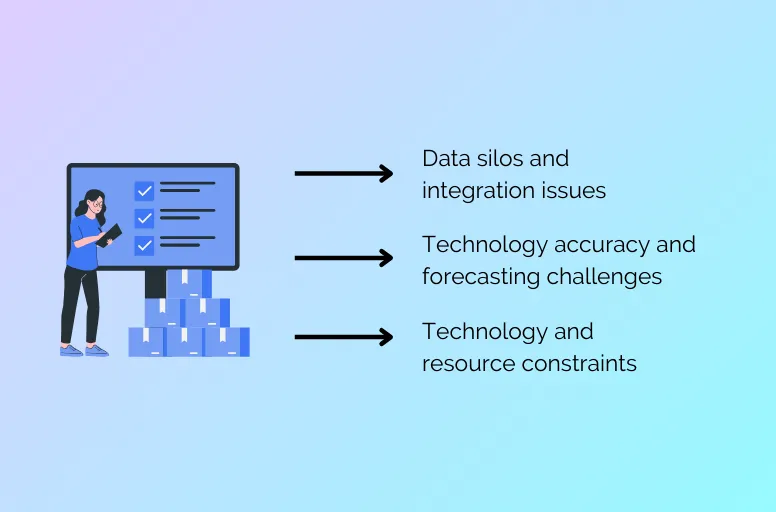
1. Data silos and integration issues
One of the biggest challenges in omnichannel inventory management is dealing with data silos. Data silo refers to a situation where data is isolated and inaccessible to other systems or departments within an organization. More specifically, different systems and channels often have their own data, making it difficult to get a complete and accurate view of inventory levels.
Integrating these systems can be complex and time-consuming. This disjointed approach can also cause inefficiencies and inaccuracies.
2. Technology accuracy and forecasting challenges
Accuracy of technology is crucial but challenging in omnichannel inventory management. Inaccurate updates can lead to overstocking or stockouts, both of which are costly. This is because overstocking ties up capital and increases storage costs, while stockouts can lead to lost sales and customer dissatisfaction.
Additionally, forecasting demand can be challenging, as it requires accurate data and sophisticated algorithms.
3. Technology and resource constraints
Implementing and maintaining an omnichannel inventory management system requires significant investment in technology and resources. Businesses may face challenges in terms of budget, technical expertise, and personnel.
Best Practices for Effective Omnichannel Inventory Management
Managing inventory across multiple channels can be tricky, but following some best practices can make it easier and more efficient. Here are some key strategies to consider:
1. Centralized inventory management systems

A centralized inventory management system provides a unified view of inventory levels across all channels, making it easier to track and manage stock. This system helps prevent stock discrepancies and ensures that customers always know what is available. When choosing a system of software for inventory management optimization, you should consider the capability of:
- Handling real-time data updates
- Integrating with various systems (POS, eCommerce platforms, and warehouse management systems)
2. Real-time data tracking and reporting
Real-time data tracking and reporting are essential for omnichannel inventory optimization. This allows businesses to monitor stock levels, identify trends, and make informed decisions about inventory replenishment and allocation. A robust reporting system should provide valuable insights into sales performance, customer demand, and stock turnover.
3. Demand forecasting and analytics
Using an omnichannel inventory management software with a demand forecasting feature can help businesses predict future sales and adjust their inventory accordingly. This reduces the risk of stockouts and overstock situations, which can negatively impact customer satisfaction. Analytics can also provide insights into sales trends and customer preferences, helping businesses to plan better.
4. Inventory replenishment strategies
Developing efficient inventory replenishment strategies is essential for maintaining optimal stock levels across all channels. Businesses should implement just-in-time (JIT) replenishment, automated reorder points, or vendor-managed inventory (VMI) systems to ensure timely restocking. These strategies help reduce carrying costs, prevent stockouts, and keep the supply chain running smoothly, ultimately leading to better customer experiences.
Check what others also read: 12 Best MultiChannel Inventory Management Strategies to Boost Your Sales.
Future Trends in Omnichannel Inventory Management
As the lines between sales channels continue to blur, the value and relevance of omnichannel inventory management grows. Here are some key trends to watch for in the future:
1. AI and machine learning
AI and machine learning will play a significant role in optimizing inventory levels and automating routine tasks. These technologies can analyze vast amounts of data to provide insights that help businesses make smarter inventory decisions.
2. Internet of Things (IoT)
IoT devices can provide real-time visibility into inventory levels and conditions, enabling businesses to make more informed decisions. For example, sensors can track product locations, monitor stock levels, and detect product damage. IoT data can be integrated with inventory management systems to provide a comprehensive view of inventory across the supply chain.
3. Blockchain technology
Blockchain can be used to create a transparent and immutable record of inventory transactions. This can help prevent fraud, improve supply chain visibility, and ensure the authenticity of products. Blockchain can also be used to track products from their origin to the customer, providing consumers with more information about the product’s journey.
4. Integration with third-party logistics
Third-party logistics providers will continue to be crucial for managing inventory efficiently. These providers can help businesses save time and money by handling various aspects of inventory management.
Technology Solutions for Omnichannel Inventory Management
Before investing in a multichannel inventory management app, many sellers start with a Google Sheet inventory template to track stock levels across channels. While spreadsheets can work for small catalogs, they quickly become difficult to maintain as order volume grows.
Omnichannel inventory management requires robust technology solutions to effectively track, manage, and optimize inventory across multiple channels. Here’s an overview of some popular software and tools:
1. LitCommerce
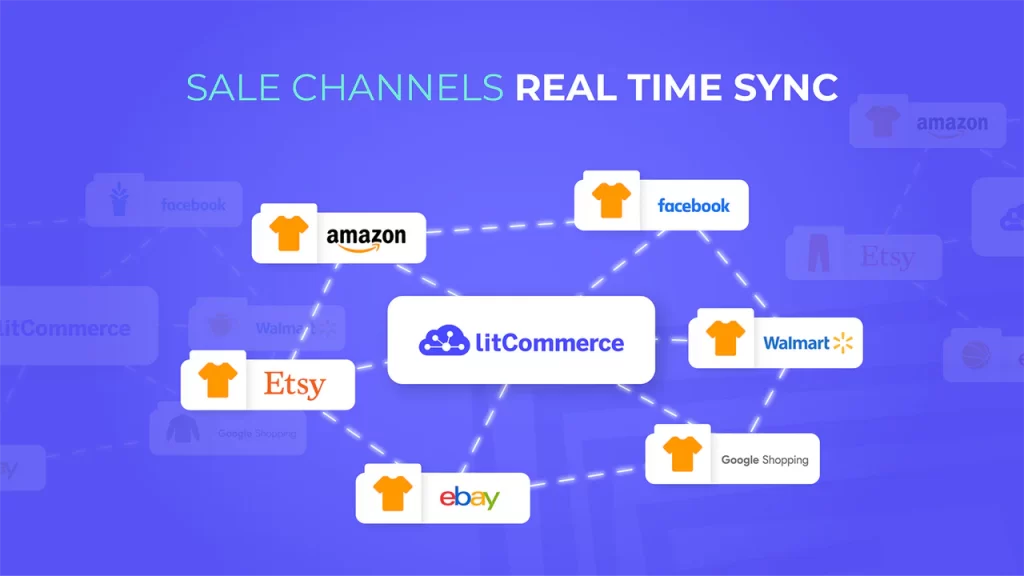
LitCommerce is a software platform designed to help businesses integrate and manage their inventory and sales across multiple online marketplaces and channels. It’s particularly useful for businesses that sell on platforms like Amazon, eBay, Walmart, Shopify, and many others.
LitCommerce provides a single platform to manage inventory across all channels. This means you can see your stock levels, track orders, and manage shipping from one place. The platform ensures that your inventory levels are always up-to-date across all channels. When you sell a product on one platform, LitCommerce automatically updates your inventory on all others.
2. NetSuite
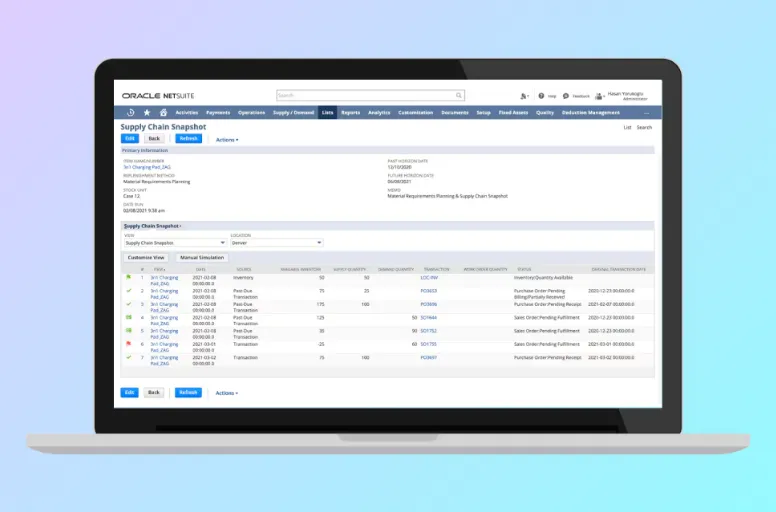
Another good omnichannel inventory management system is NetSuite. It is a comprehensive cloud-based ERP solution that offers robust inventory management capabilities. It allows businesses to centralize their inventory data, track stock levels in real time, and automate replenishment processes. NetSuite integrates seamlessly with various eCommerce platforms, making it ideal for managing omnichannel optimization.
3. Cin7
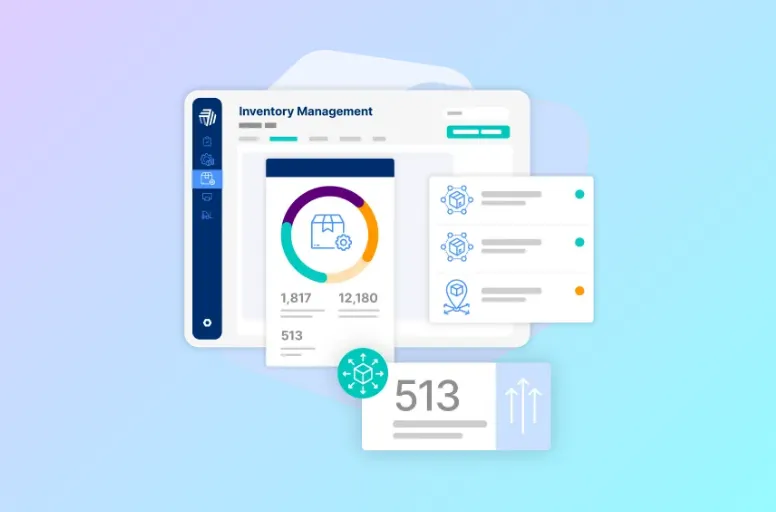
Cin7 is a software that specializes in inventory management and operations. It offers features like real-time inventory tracking, automated order processing, and integration with popular eCommerce platforms. Cin7 also provides advanced analytics and reporting tools to help businesses optimize their inventory and supply chain management.
4. Fishbowl Inventory
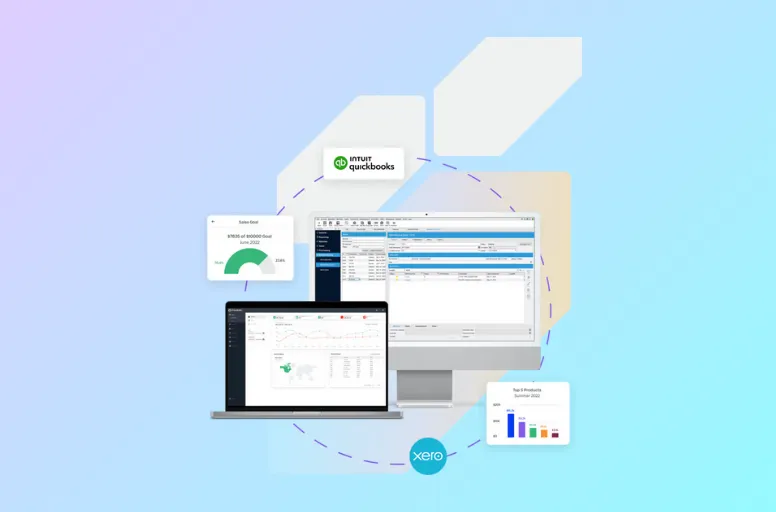
Fishbowl Inventory is a comprehensive software solution for omnichannel inventory management, especially for manufacturing and distribution businesses. It offers features like barcode scanning, purchase order management, real-time inventory visibility, and integration with QuickBooks. These features help businesses improve efficiency, accuracy, and customer satisfaction.
Omnichannel Inventory Management System – FAQs
Omnichannel in the supply chain refers to seamlessly integrating all sales channels, from brick-and-mortar stores to online platforms, to provide a unified customer experience. In essence, it means that regardless of where a customer chooses to shop, they can expect a consistent and cohesive experience. Omnichannel inventory management requires intelligent planning to prevent excess stock and high storage costs. By using smart inventory techniques such as demand forecasting, real-time tracking, and automated replenishment, businesses can optimize stock levels, avoid dead stock, and lower storage expenses. That leads to better profitability and operational efficiency. Inventory rationing and replenishment for an omnichannel retailer means strategically distributing stock across multiple sales channels to meet customer demand while avoiding stockouts. Rationing ensures that inventory is allocated effectively to different channels, while replenishment involves restocking items based on real-time data and demand forecasts.
Choose Your Own Management Method Now!
Omnichannel inventory management isn’t easy, but it’s crucial for retailers aiming to provide a smooth shopping experience. Customers appreciate brands that offer various fulfillment options, a straightforward return policy, and reliable delivery. Beyond building customer loyalty, effective inventory management helps your business prepare for future demand and minimizes the risks. So, instead of handling tasks manually, you better invest in software and systems that can help.
For more helpful guides on Omnichannel management, have a look at our eCommerce Blog. If you need instant support, don’t hesitate to contact us!

